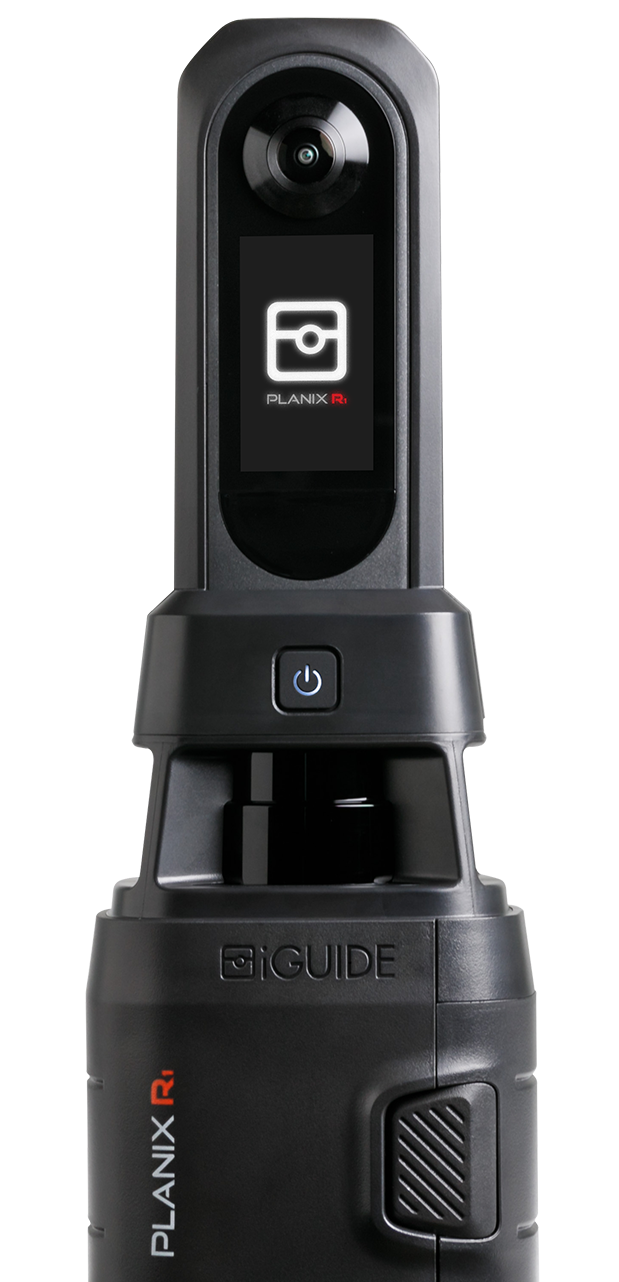How an insurance adjuster documents a claim is determined by the scope of damage and the possibility of restoration. A complete loss due to a catastrophic event like a massive fire or full-on cyclone could leave nothing behind but some vacant land or a pile of ashes. However, not every insurance claim deals with complete destruction. This is where insurance adjusters and restoration contractors play a significant role. The onus is on both industries to provide accurate documentation of the damages and to get the restoration projects completed promptly.
Proper documentation is important
Insurance adjusters take on an immense task when determining the scope of damage after a significant loss occurs. Property insurance claims require complete documentation of the entire area of concern. Insurance adjusters must provide a claimant with a proof of loss form that itemizes and details the suspected cause of the loss and subsequent damages. But documenting the loss is not just about what the claimant reports. It is crucial that an adjuster makes careful observations while out in the field. To provide compensation for damages the scope of the loss needs to be captured accurately using:
- Photos
- 3D virtual tours
- Schematic floor plans
Technology can improve the accuracy and speed at which documentation and compliance with regulations happen. High-tech cameras specifically designed to capture data are a must-have tool. Critical measurements can be captured in minutes, allowing an adjuster to process more claims in a single day. Why is gathering all this information important? The goal is to settle the claim fast and eliminate the need for multiple visits. Proper documentation and record-keeping assist in quickly restoring the property to its pre-loss condition.
Documentation for restoration projects
After submitting a claim, restoration projects can commence only when documentation of the assets and damages has occurred. Contractors get paid by the job and as such time is crucial. Quotes need to be submitted in a timely manner to determine the current costs of building materials. The quote is dependent on the quality and accuracy of the data provided. Here are some benefits of documenting with precise data:
- LiDAR accurate measurements to calculate virtual space
- Faster decision making
- Calculate replacement and reconstruction costs
Floor plans, created with LiDAR accurate measurements, can be shared with multiple subcontractors right from the site. In a matter of minutes, an iGUIDE can document a loss complete with photos and measurements. Quick turnaround time allows access to everyone involved in the restoration project.
Documentation protects against errors and fraud
Lack of accurate and comprehensive evidence makes insurance claims messy. Out-dated methods of documenting a loss with hand-drawn sketches and a few quick digital photos leaves everyone in the dark. Manual measurements are simply not accurate and cause discrepancies when it comes to determining reconstruction estimates. Extra time, resources, and increased costs are needed when an adjuster has to re-visit the site to report omitted items or review data that was inaccurately compiled. Then, there is evidence. Proper documentation includes visual and factual proof of the before and after. When the entire scope of damages is documented with an iGUIDE, it removes the possibility of a fraudulent claim and provides legal protection. Once captured, data can not be manipulated by either the claimant, adjuster, or restoration contractor.
Proper documentation saves time
The insurance industry relies on closing claims faster. Restoration contractors get paid when the job is complete and insurance companies free tied-up capital after closing a claim. Proper documentation allows for fluid communication with clients and contractors, giving everyone an easier and faster way to complete the entire process. Questions can be addressed and answered by sharing the data so everyone can understand what is happening in real time. Inquiries are addressed immediately and noted on the digital file to help better serve client interests and make decisions faster.
Losses happen. The bottom line is how to prevent further losses from occurring. Proper documentation of insurance claims not only showcases professionalism but it also makes the process less stressful and easier to manage, with faster settlements.Simply put, the evidence speaks for itself when documented with iGUIDE.


